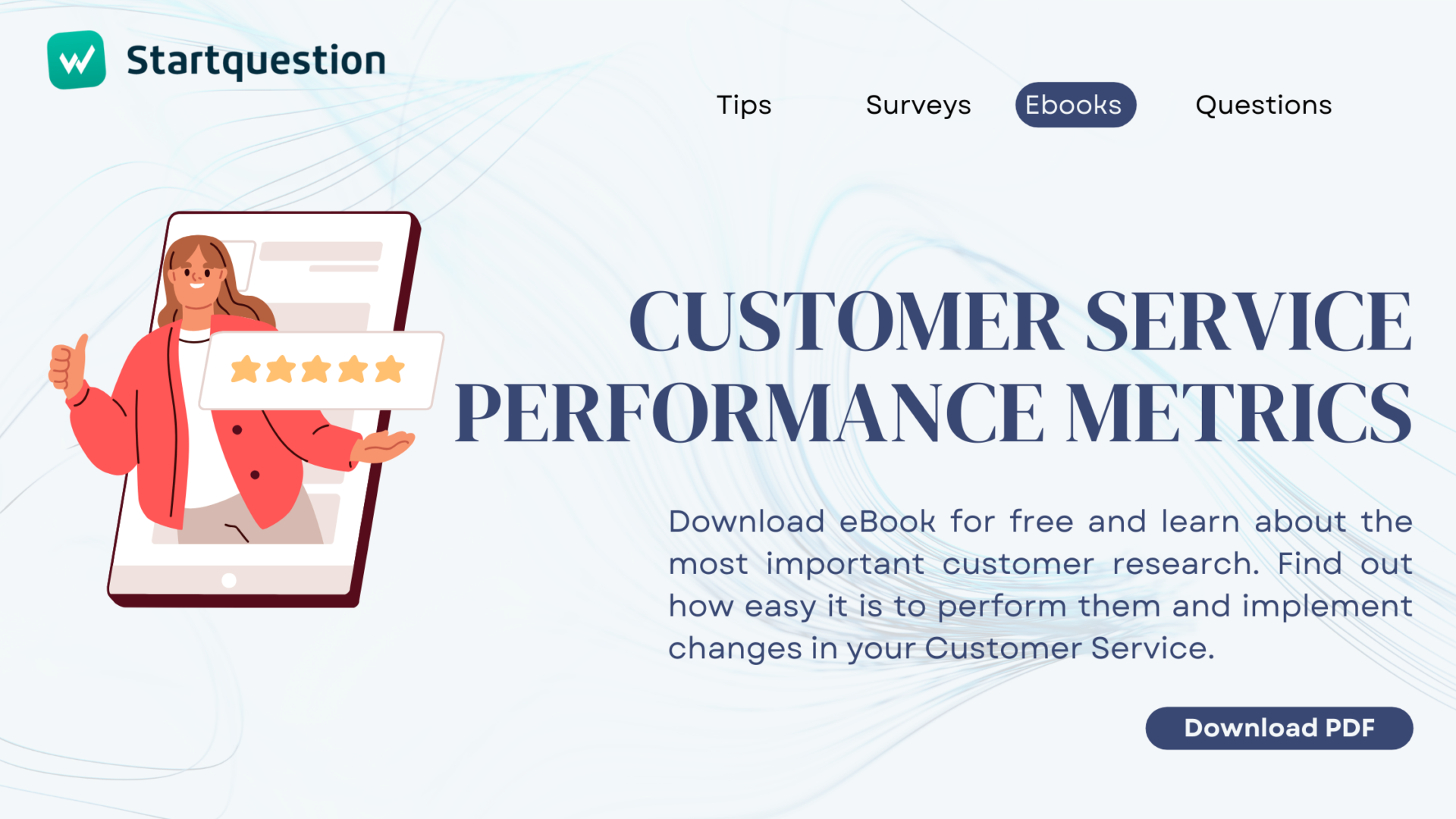A properly prepared survey report will complete and close the entire survey into one coherent whole. Over the past few years surveys have become one of the most popular evaluation systems in the Polish workforce. This should not be surprising. This method of research quickly gained the reputation of a cheap and universal tool that should always be at hand. We wrote about creating the perfect online survey step by step some time ago. Keep in mind that conducting a survey or any other type of research alone, is only half the battle.

Regardless of whether this type of analysis is carried out upon recommendation of a company’s management board, an immediate supervisor, or for internal use of the HR department, for people familiarizing themselves with the effects of your work, the most important element of the survey will be actually reading one specific document. It is called the evaluation report – collection of conclusions, observations and recommendations, prepared on the basis of information gathered during the study.
This type of study does not only constitute a piece of tangible evidence of your work on the survey. Its content often becomes the direct basis for making important decisions in the company. It’s worth making sure that your survey report is compiled in a reliable, objective and complete manner.
Below, we listed a set of the most important elements that should be included in every good survey analysis.
Use ready-made survey templates for your research
1. Purpose of the survey
Identifying your primary survey subject is the key to any good survey report. First of all, you need to define a specific research goal, i.e. what you want to achieve by conducting the study. For example, determine the factors that influence the level of engagement in the company among employees.
Moreover, if conducting survey results from a special event in the life of the company or a trend that raises concerns, it is definitely worth including the above information in the survey purpose. This type of situational context may have a significant impact on the results of the survey, disrupting the credibility of information obtained in this way.
Hypothesis
In situations where there is a probable answer to the question asked within the study problem, it is worth defining the purpose of such a study in the form of a hypothesis. For instance: offering benefits under the Benefits system increases the level of job satisfaction among employees.
As a result, this type of analysis, instead of revealing all possible causes of the increase in dissatisfaction at work (and thus both statistically significant and insignificant), will make it possible to thoroughly verify one credible hypothesis and its definitive rejection or confirmation.
Keep in mind that defining the subject and purpose of the research serves as a kind of compass for the further parts of your report, constantly setting the direction in which you should follow when describing the course and results of the entire study. Don’t be afraid to revisit this section to make sure you’re on the right track and staying on course.
2. Survey methodology
In this section of the report, the manner in which the survey was conducted is described, so that the survey recipient can gain an insight into its overall structure. The most important information that should be provided here includes:
- Research tool: online survey, telephone survey, public or anonymous survey, other;
- Selection of respondents: average age and length of service, distribution of gender and positions held, and the total number of respondents, along with a brief justification for selecting such a sample for the purposes of the study;
- Structure of questions: open-ended, closed, single or multiple-choice questions and the total number of people who took part in the survey;
- Examination date: for some types of studies, their timing may have a significant impact on the results obtained;
- Non-response rate: if for some reason the respondents were unable to answer a selected question extremely often, it is worth taking a closer look at its content. This will make it possible for you to avoid similar cases in the future, when a part of your survey becomes useless.
Startquestion is a survey software
Gather feedback via weblink, social media, email, and more.
No credit card required · Cancel any time · GDRP Compilant
3. Survey results
The results of the study and their presentation are one of the simpler activities, but at this stage, it is also worth remembering about good practices:
- Objectivism – the presentation of the survey results should be limited to the most reliable description of the objectively collected data. So at this stage, avoid expressing your own judgments;
- Details – if the structure of answers to a given question differs between the groups of respondents (e.g. due to gender), it is worth presenting both the total and partial results for each of the groups mentioned. This way, you can be sure that you have not omitted any relevant information or relationships in your report;
- Transparency – even the most valuable data may go unnoticed if you present it in an unreadable way. It is worth investing additional time in the graphics of the report – various charts provide invaluable help in presenting even seemingly not particularly interesting data.
4. Analysis and interpretation of survey results
This is undoubtedly the most important and at the same time the most difficult part of the survey report. It’s now time to present the conclusions that you have drawn based on the data presented in the previous section. If the purpose of the survey was to obtain specific information (e.g. reasons for dissatisfaction at work), this section should clearly indicate what kind of data you were able to generate, based on exact numbers or percentages.
If the assumption of the study was to verify the truth of a hypothesis (e.g. offering benefits under the Benefits system increases the level of job satisfaction among employees), in this segment of the report you should summarise whether such a thesis was confirmed or denied, also in this case based on the accumulated previously sources of information.
It is worth noting that the creation of your own conclusions actually takes place by making some kind of generalizations.
Thus, your observations will always be the result of some subjective judgment. In order to reduce the impact of the human factor on the content of the report analysis, it is worth remembering the following two principles:
- Primacy of Figures – it cannot be concealed that for everyone, terms such as “minority”, “majority”, “significant growth” and other so-called out of focus terms have a slightly different meaning. Therefore, in order to ensure the same reception of the content presented by all recipients of the survey, try to ensure that each such expression is supported by a specific numerical or statistical data taken directly from the survey results section;
- Apparent Correlation – because the relationship between two events does not necessarily mean that one of them results from the other. For example, let’s assume for a moment that 100% of employees dissatisfied with some aspect of their work during the 3-year internship in the company were on a sick leave at least once. Does the above mean, however, that the cause of dissatisfaction at work is the very fact of getting sick, only because there is a correlation between them (co-occurrence)? The above rule is particularly important in the case of questionnaires trying to determine the existence of a specific cause-effect relationship.

5. Summary and recommendations – survey report
This is the last part of the report, which boils down to a concise presentation of the conclusions from the entire study and issuing recommendations regarding the company’s further conduct. Remember that such recommendations are non-binding guidelines, so their formulation does not require any particular form.
If your survey finally looks like a really extensive document, it is worth placing the summary section itself at the top of the survey report document again. This way, the results of your analysis will also become accessible to those people who do not necessarily have time to read the full content of the document.
Survey report on the Startquestion platform
We hope that after reading this guide, the answer to the question of how to create a survey report will not be a problem. As you can see, it’s not as terrifying as it may seem.
You can easily create a survey report using our latest tool – the report creator. Thanks to this, you will be able to personalize your report as you like – choose important questions, filter them, add descriptions, and even your own colors. You can send such a personalized report to people who are interested in reading it, in the form of a convenient link.
Create a free account and test the possibilities of our platform for 14 days.




